August 17, 2025 | 19:24 GMT +7
August 17, 2025 | 19:24 GMT +7
Hotline: 0913.378.918
August 17, 2025 | 19:24 GMT +7
Hotline: 0913.378.918
Mr. Tran Duc Lai, Vietnam’s Trade Counsellor in China, said that despite facing many challenges, China’s economy still recorded a growth rate of 5.3% in the first half of 2025, exceeding the forecasts of many international organizations. This reflects the strong resilience of the world’s second-largest economy.
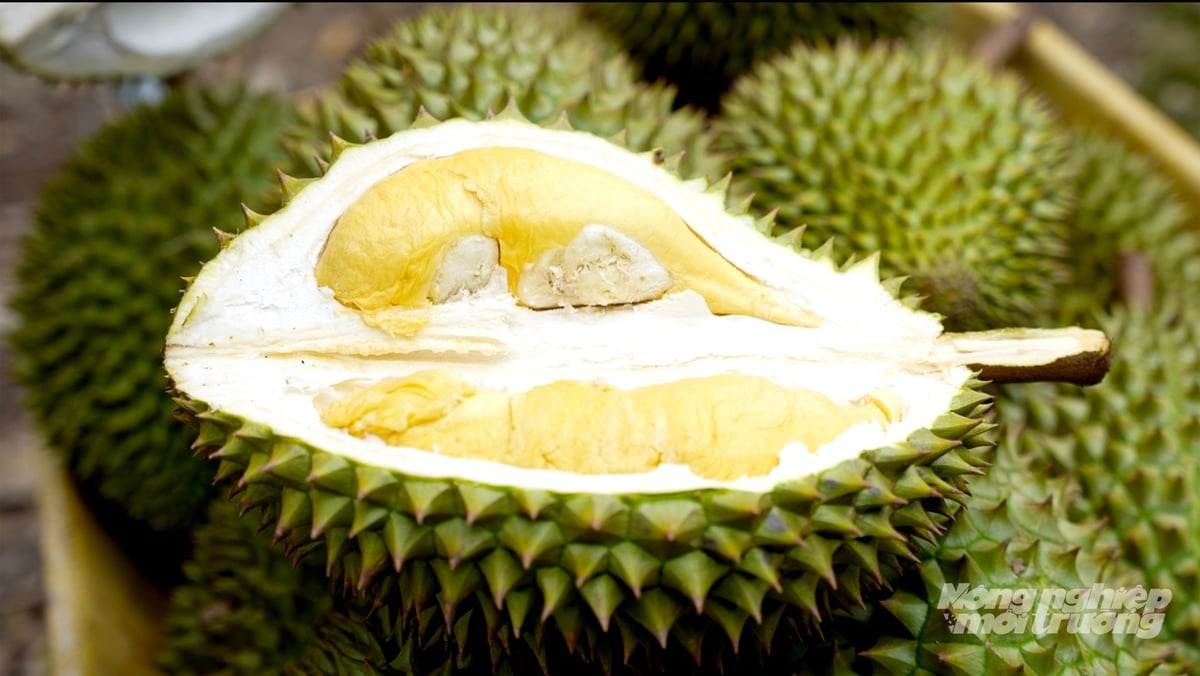
China is the number one import market for Vietnam’s fruits and vegetables. In the first six months of 2025, fruit export turnover to China reached USD 1.2 billion. Photo: Nguyen Thuy.
China has maintained its position as a major import market, with total import turnover in the first six months of 2025 reaching USD 1.223 billion. However, as domestic consumption declines, agricultural imports have also dropped, impacting exports from many countries, including Vietnam.
At present, China imports around USD 2.5 trillion worth of goods each year, of which agricultural products account for roughly USD 210-230 billion. Nevertheless, the increasing requirements for quality standards, traceability, and food safety supervision mean that China is no longer an easy market.
In the first half of 2025, the country opened its doors to about 15 agricultural, forestry, and fishery products from nearly 20 countries and territories. Notably, these included Cambodian durians, Malaysian fresh coconuts, Colombian bananas, Ecuadorian mangoes, Gambian cashew nuts, along with various seafood and medicinal materials from multiple countries.
Alongside market access expansion, China has also strengthened the management and supervision of imported goods. "In recent years, China has continuously improved its legal framework on import-export food safety management (Decree 248, Decree 249) and developed national standards to ensure the quality of goods imported into the country," noted Trade Counsellor Tran Duc Lai.
He added that Chinese authorities have stepped up enforcement of import-export food safety regulations, including on-site inspections of foreign production facilities exporting food to China, and imposing strict penalties on companies violating food safety rules.
Although Vietnam is one of the major suppliers of agricultural and fishery products to the Chinese market, its agricultural and food products still rank among those most frequently subject to warnings by Chinese authorities.
"In recent times, warnings issued by General Administration of Customs China (GACC) regarding Vietnamese agricultural and fishery products have improved but remain high, despite Vietnam’s intensified efforts in communication, supervision, and even sanctions," Mr. Tran Duc Lai said.
According to him, Vietnam enjoys the geographical advantage of being close to China, with many agricultural products already enjoying official export access. However, unless Vietnamese businesses quickly transform, enhance production capacity, and meet international standards, they risk losing market opportunities to competitors.
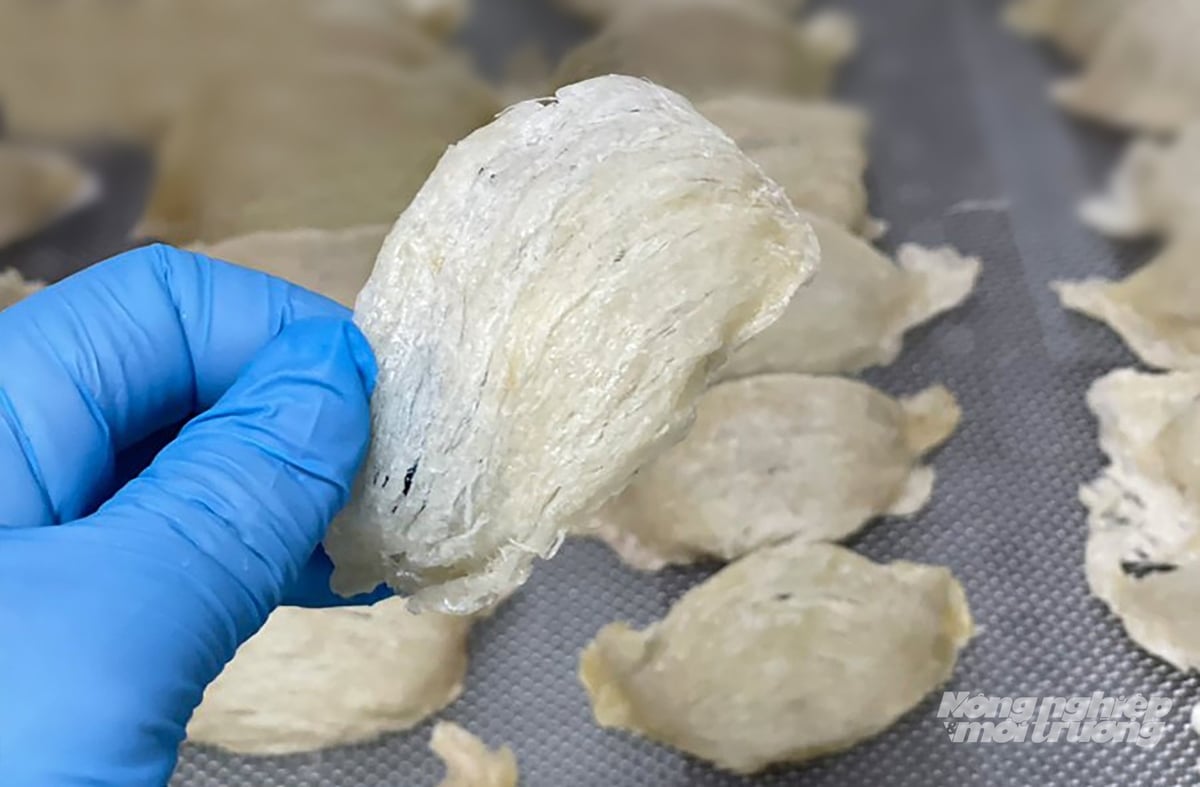
On April 15, 2025, China officially opened its market to Vietnamese bird’s nest products, creating an opportunity for Vietnamese businesses to access the billion-consumer market. Photo: Nguyen Thuy.
To effectively tap into the Chinese market in the upcoming time, Mr. Lai believes that Vietnamese enterprises need to undergo a strong transformation by improving product quality, closely controlling the entire chain of production, processing, packaging, and traceability. A key priority is to fully satisfy China’s stringent technical regulations and food safety requirements. This means not only adhering to hygiene and quality protocols but also adopting advanced technologies for inspection, monitoring, and certification. Enhancing deep processing capacity will be essential to increase product value, extend shelf life, reduce seasonal dependency, and minimize post-harvest losses.
In addition, investment in advanced cold storage and logistics infrastructure will further strengthen the ability to preserve product freshness, maintain quality during transportation, and meet the demands of distant markets within China. Mr. Lai also underscores that these efforts should be paired with strategic brand building. By developing strong, sustainable brands that convey trust, authenticity, and high value, Vietnamese agricultural products can establish a solid foothold and long-term competitiveness in the world’s second-largest economy.
At the same time, efforts should focus on boosting trade promotion in northern and northwestern China, where are known for a high demand for tropical agricultural products.
“Enterprises need to build sustainable brands to increase product value and foster trust among local consumers,” Mr. Tran Duc Lai recommended.
According to statistics from the Ministry of Agriculture and Environment, Vietnam’s exports of agricultural, forestry, and fishery products to the Chinese market have maintained growth but at a modest rate of 3.6%, due to a prolonged decline in several key items such as fruits and vegetables (down 24%) and wood and wood products (down 17%).
However, this has been offset by increases in a number of other products, including seafood (up 47%), rubber (up 24%), cassava and cassava-based products (up 13%), cashew nuts (up 45%), and rice (up 80%).
Translated by Kieu Chi
/2025/08/16/0039-0-nongnghiep-080034.jpg)
(VAN) In addition to maintaining and developing the U.S. market, Vietnam's wood industry is accelerating exports to other potential markets through participation in international trade fairs.
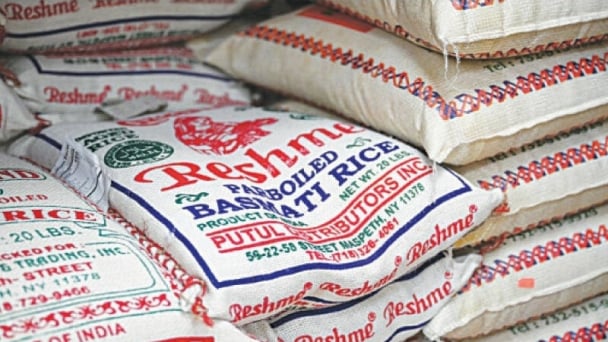
(VAN) The 50% tariff imposed by the Trump administration on Indian goods has reshaped trade flows in the United States, providing Pakistan an opportunity to expand its share in the American aromatic rice market.
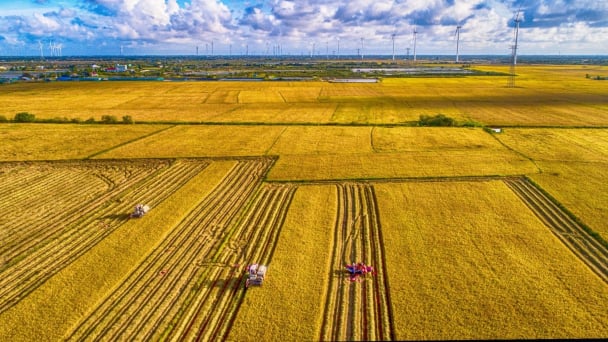
(VAN) However, to maintain its position, Vietnam’s rice industry still needs to address existing bottlenecks, meet increasingly stringent quality standards, and develop strategies to diversify its markets.
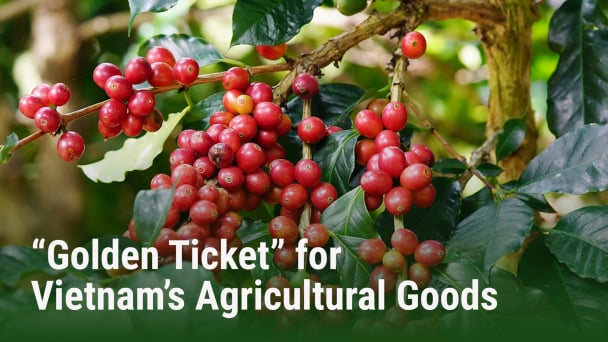
(VAN) Although Vietnamese agricultural products have grown strongly in recent years, they still account for only 2% of the market share in the EU.
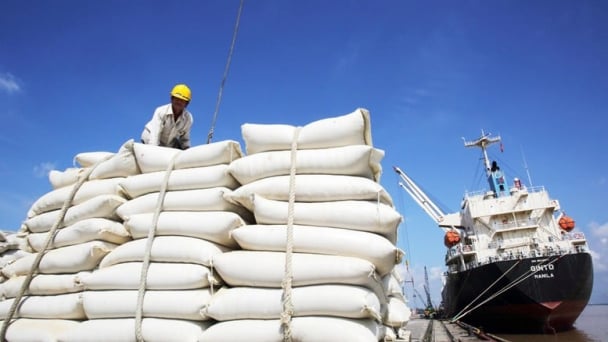
(VAN) To streamline trade, the Ministry of Agriculture and Environment will collaborate with other ministries to develop a new legal framework that minimizes administrative procedures for exporting AFF products.
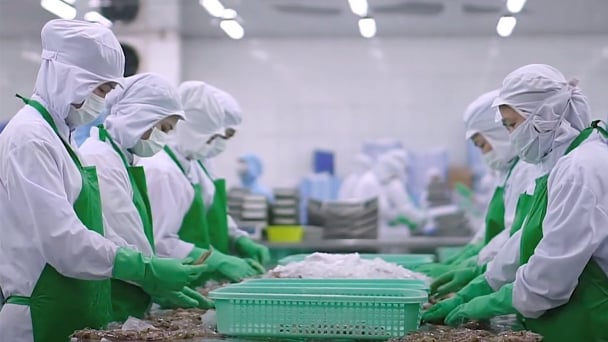
(VAN) Reciprocal tariffs will pose major challenges for seafood exports at the end of this year. The sector needs raw material bottlenecks removed to boost exports.